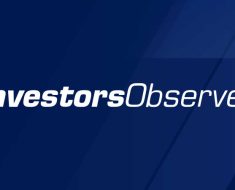
The fundamental goal of small molecule discovery is to generate chemicals with target functionality. While this often proceeds through structure-based methods, we set out to investigate the practicality of orthogonal methods that leverage the extensive corpus of chemical literature. We hypothesize that a sufficiently large text-derived chemical function dataset would mirror the actual landscape of chemical functionality. Such a landscape would implicitly capture complex physical and biological interactions given that chemical function arises from both a molecule’s structure and its interacting partners. To evaluate this hypothesis, we built a Chemical Function (CheF) dataset of patent-derived functional labels. This dataset, comprising 631K molecule-function pairs, was created using an LLM- and embedding-based method to obtain functional labels for approximately 100K molecules from their corresponding 188K unique patents. We carry out a series of analyses demonstrating that the CheF dataset contains a semantically coherent textual representation of the functional landscape congruent with chemical structural relationships, thus approximating the actual chemical function landscape. We then demonstrate that this text-based functional landscape can be leveraged to identify drugs with target functionality using a model able to predict functional profiles from structure alone. We believe that functional label-guided molecular discovery may serve as an orthogonal approach to traditional structure-based methods in the pursuit of designing novel functional molecules.


![LaMP: When Large Language Models Meet Personalization. (arXiv:2304.11406v3 [cs.CL] UPDATED)](https://aigumbo.com/wp-content/themes/sociallyviral/images/nothumb-sociallyviral_related.png)
